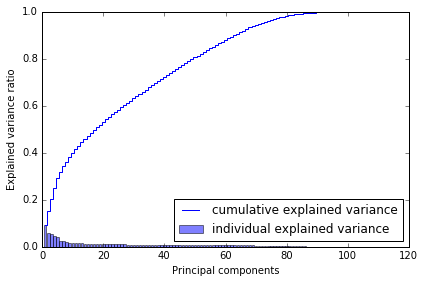I have sparse features which are predictive, also I have some dense features which are also predictive. I need to combine these features together to improve the overall performance of the classifier.
Now, the thing is when I try to combine these together, the dense features tend to dominate more over sparse features, hence giving only 1% improvement in AUC compared to model with only dense features.
Has somebody come across similar problems? Really appreciate the inputs, kind of stuck. I have already tried lot of different classifiers, combination of classifiers, feature transformations and processing with different algorithms.
Thanks in advance for the help.
Edit:
I have already tried the suggestions which are given in the comments. What I have observed is, for almost 45% of the data, sparse features perform really well, I get the AUC of around 0.9 with only sparse features, but for the remaining ones dense features perform well with AUC of around 0.75. I kind of tried separating out these datasets, but I get the AUC of 0.6, so, I can't simply train a model and decide which features to use.
Regarding the code snippet, I have tried out so many things, that I am not sure what exactly to share :(

